Letter from the Netherlands 2014: we chart the nation’s new architecture projects
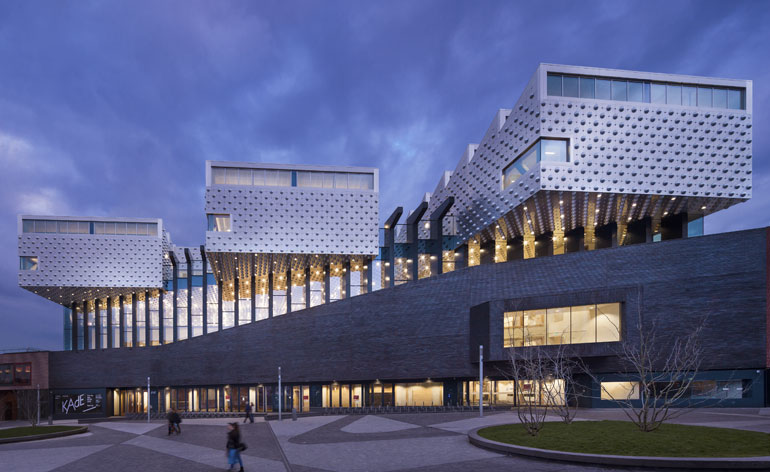
When architectural historian Bart Lootsma coined the term Superdutch in 2000 he was highlighting a common thread among the work of 1990s Dutch architects, who achieved great global success and influence through simple yet expressive forms that didn't sacrifice their native spirit of realism.
It was a time when architecture was recognised as a worthy investment, when private individuals could easily secure a mortgage, the national government stimulated and directed the Dutch housing supply, and funds for creating good public spaces were generous. Famous Dutch firms such as OMA, Mecanoo, Wiel Arets and Neutelings Riedijk accelerated their ascent at a time when bold ideas that were not only heard, but also realised.
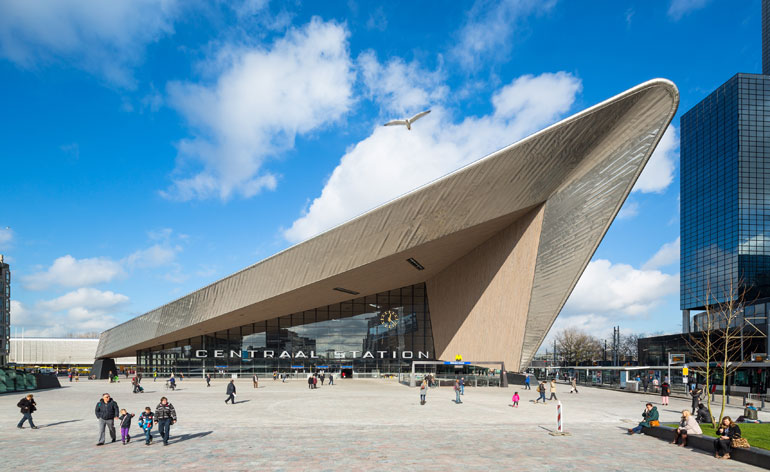
See the architecture projects reshaping the Netherlands
Hefty cutbacks in municipal budgets since then have made life for architecture firms much more difficult. Culture is no longer a major point on the national agenda and even the Dutch Ministry of Housing, Spatial Planning and the Environment dissolved into that of Infrastructure and the Environment. Architectural commissions now tend to be a cost-reducing exercise, while multi-tenanted buildings developed by investors lose their popularity over client-specific offices with a clear corporate identity.
Yet change is underway. In the past year, key new commercial and cultural buildings, such as the Cultural Centre in Amersfoort by Neutelings Riedjik and the G-Star RAW offices by OMA, have been making an appearence all over the country. Infrastructure work, such as the Highway Support Centre in Assen by 24H Architecture is another prime example of the country's recent architectural activity.
Rotterdam, specifically, has been stealing the Dutch architectural spotlight. De Rotterdam's dramatic OMA-designed volume is now the country's largest multi-purpose building; the city station's grand renovation is finally complete; ZUS have finished works on their one-of-a-kind Luchtsingel pedestrian bridge; and MVRDV's massive new Market Hall for the city is due to open soon (watch this space).
It may appear that the 1990s heyday is over, but this new generation of cultural, public and commercial icons shows that the willpower of Dutch architects to beautify their built environment is still omnipresent.
Receive our daily digest of inspiration, escapism and design stories from around the world direct to your inbox.
-
 Terrified to get inked? This inviting Brooklyn tattoo parlour is for people who are 'a little bit nervous'
Terrified to get inked? This inviting Brooklyn tattoo parlour is for people who are 'a little bit nervous'With minty-green walls and an option to 'call mom', Tiny Zaps' Williamsburg location was designed to tame jitters
-
 Let’s hear it for the Chopard L.U.C Grand Strike chiming watch
Let’s hear it for the Chopard L.U.C Grand Strike chiming watchThe Swiss watchmaker’s most complicated timepiece to date features an innovative approach to producing a crystal-clear sound
-
 Form... and flavour? The best design-led restaurant debuts of 2025
Form... and flavour? The best design-led restaurant debuts of 2025A Wallpaper* edit of the restaurant interiors that shaped how we ate, gathered and lingered this year
-
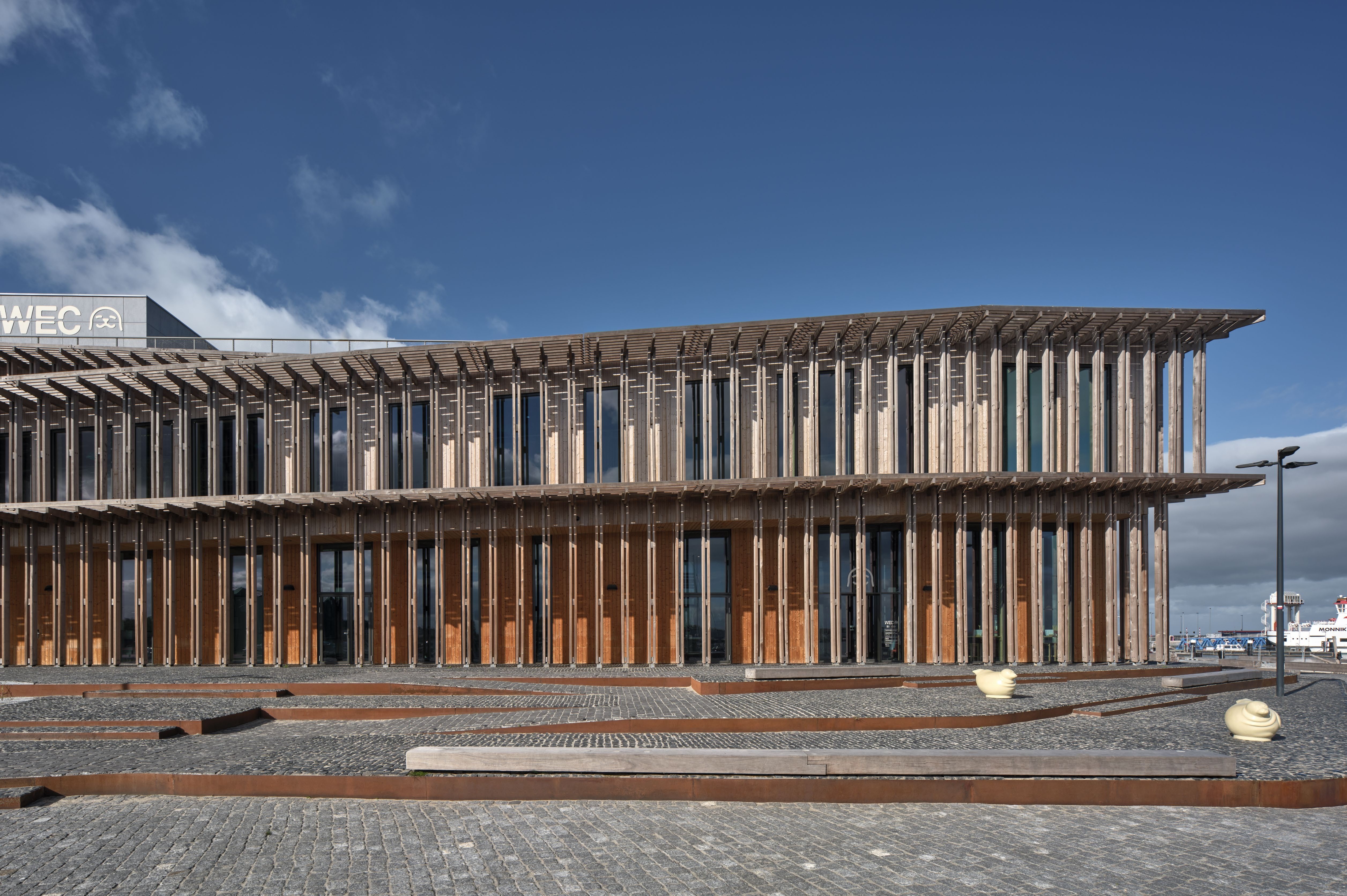 A Dutch visitor centre echoes the ‘rising and turning’ of the Wadden Sea
A Dutch visitor centre echoes the ‘rising and turning’ of the Wadden SeaThe second instalment in Dorte Mandrup’s Wadden Sea trilogy, this visitor centre and scientific hub draws inspiration from the endless cycle of the tide
-
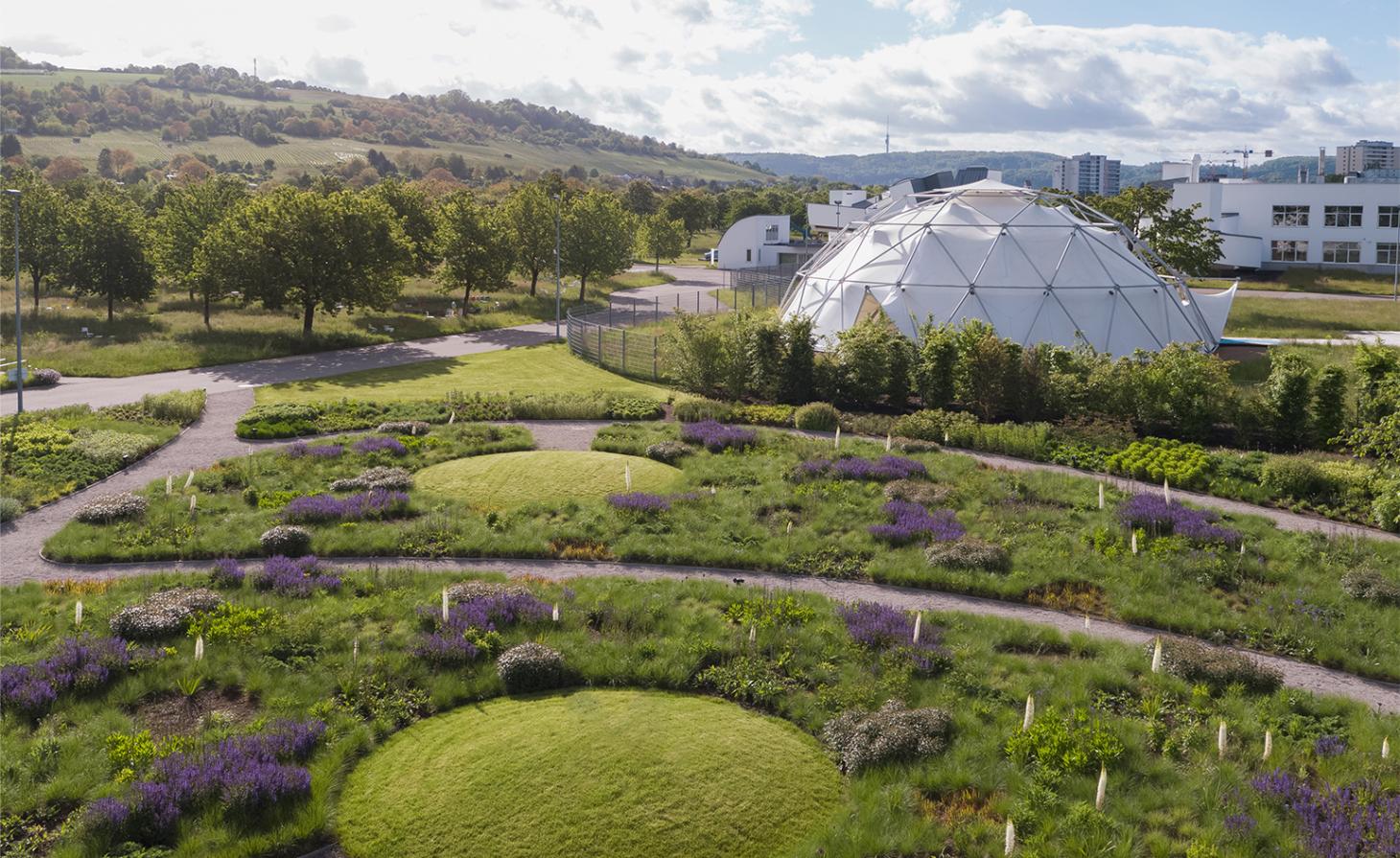 Piet Oudolf is the world’s meadow-garden master: tour his most soul-soothing outdoor spaces
Piet Oudolf is the world’s meadow-garden master: tour his most soul-soothing outdoor spacesPiet Oudolf is one of the most impactful contemporary masters of landscape and garden design; explore our ultimate guide to his work
-
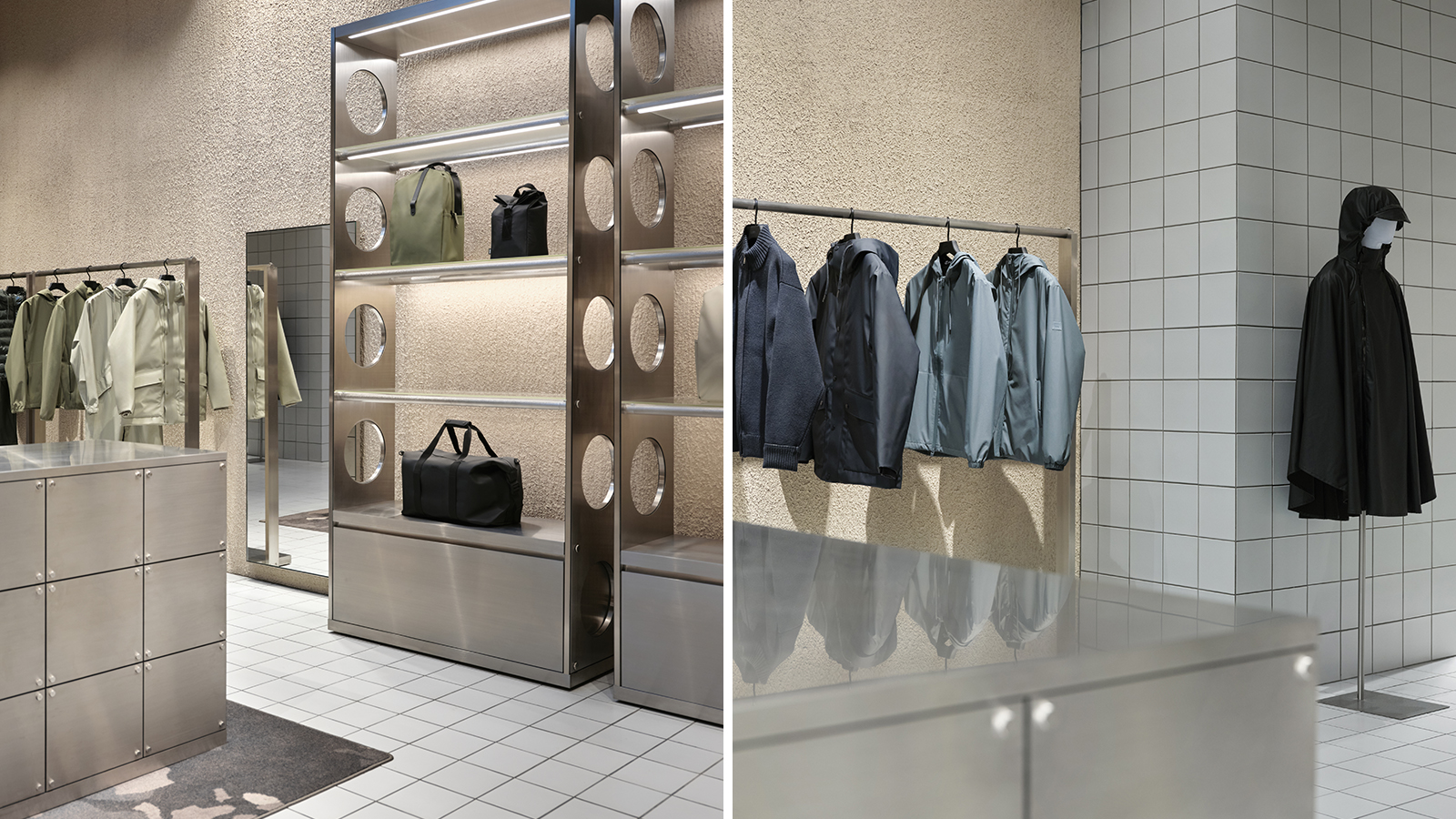 Rains Amsterdam is slick and cocooning – a ‘store of the future’
Rains Amsterdam is slick and cocooning – a ‘store of the future’Danish lifestyle brand Rains opens its first Amsterdam flagship, marking its refined approach with a fresh flagship interior designed by Stamuli
-
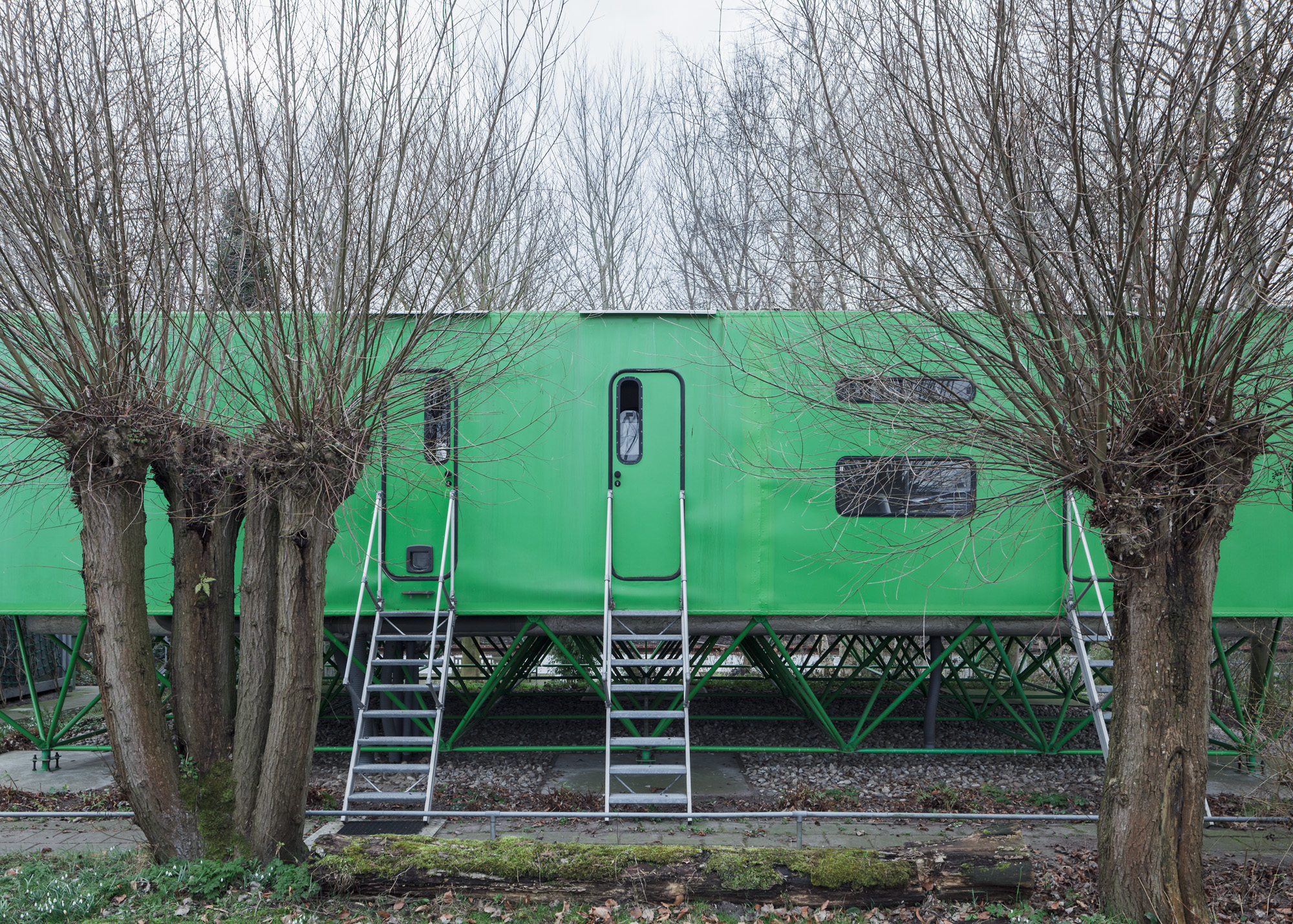 Flat-out brilliance: three Dutch houses that celebrate the horizontal
Flat-out brilliance: three Dutch houses that celebrate the horizontalThese three Dutch houses, built between the 1980s and the 2020s, blend seamlessly into the flat landscapes of the low country
-
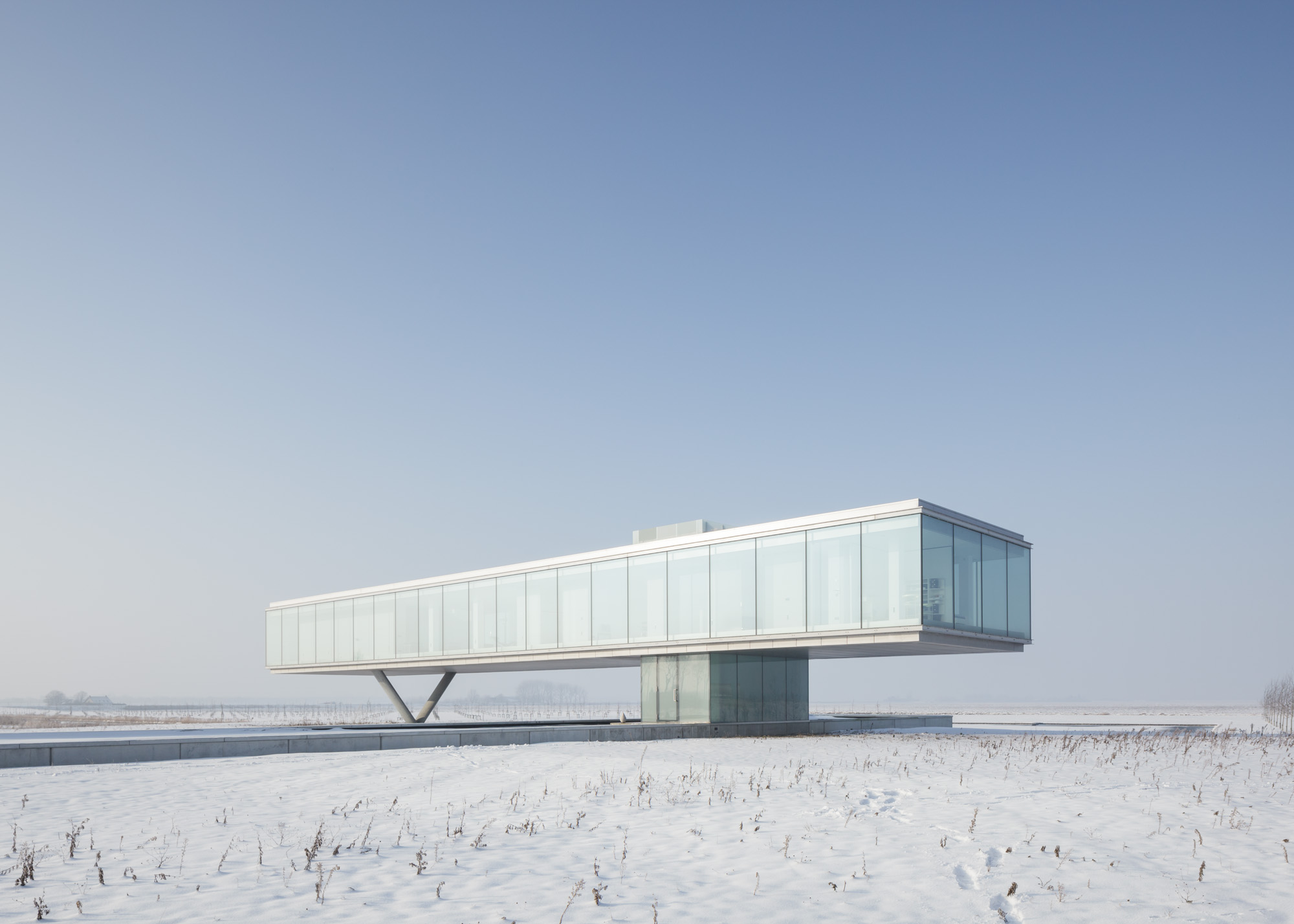 Explore a Dutch house which reframes brutalist architecture’s relationship with nature
Explore a Dutch house which reframes brutalist architecture’s relationship with natureA Dutch house by architect Paul de Ruiter is perfectly at one with the flatlands of the Netherlands; we dig into the Wallpaper* archive to revisit this unapologetic, sharp-angled streak across the landscape
-
 Discover a Jan Benthem-designed, 1980s High-Tech capsule house created in under a week
Discover a Jan Benthem-designed, 1980s High-Tech capsule house created in under a weekHow a small house by architect Jan Benthem in the Netherlands raised the stakes for High-Tech architecture and fuelled a self-build revolution; we dig into our archives for a Wallpaper* classic, first published in May 2014
-
 Ma Yansong's latest project is anchored by a gleaming stainless steel 'tornado'
Ma Yansong's latest project is anchored by a gleaming stainless steel 'tornado'The new Fenix museum in Rotterdam, devoted to migration, marks MAD's first European cultural project.
-
 Portlantis is a new Rotterdam visitor centre connecting guests with its rich maritime spirit
Portlantis is a new Rotterdam visitor centre connecting guests with its rich maritime spiritRotterdam visitor centre Portlantis is an immersive experience exploring the rich history of Europe’s largest port; we preview what the building has to offer and the story behind its playfully stacked design